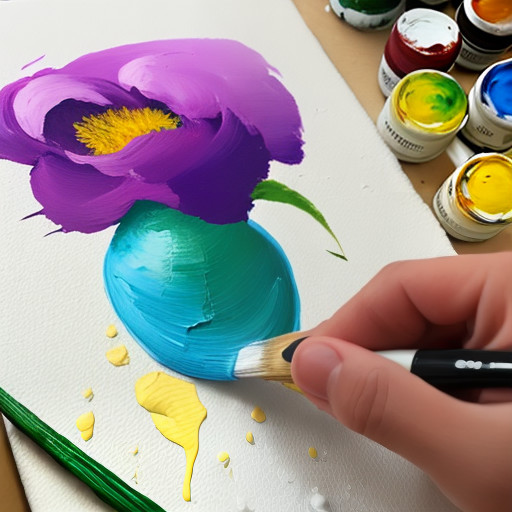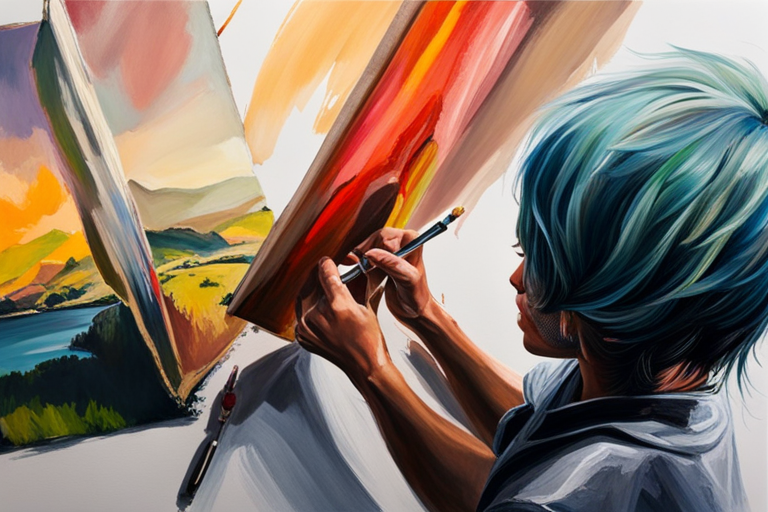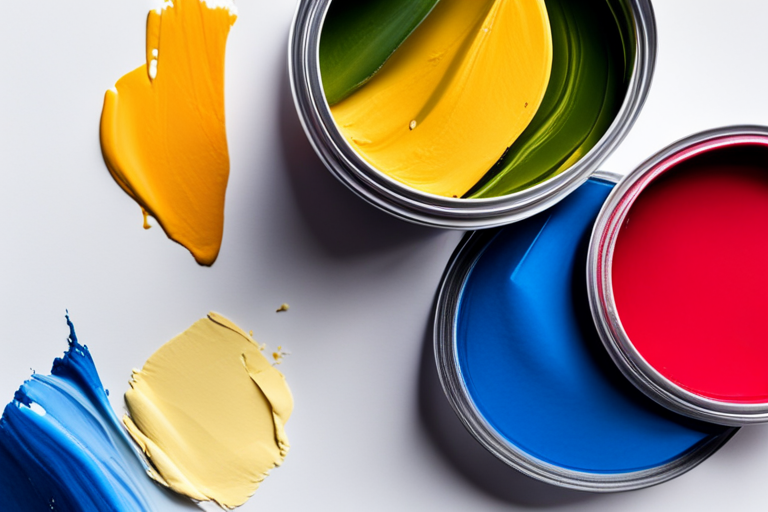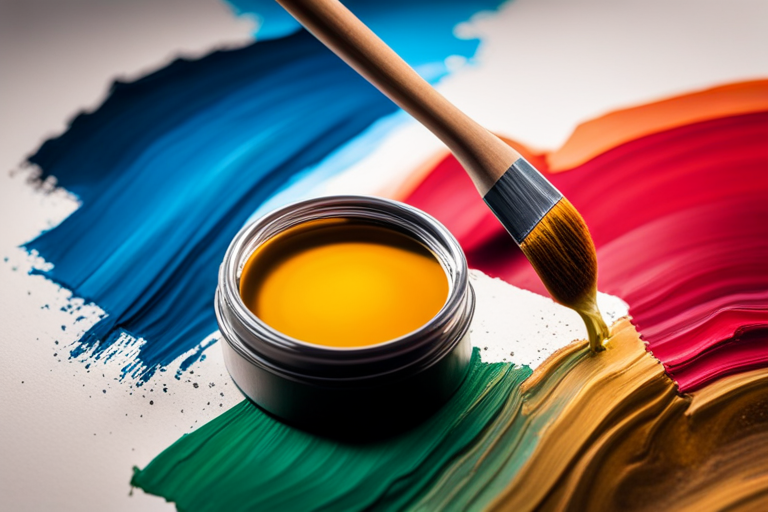For artists, experimenting with different painting techniques and mediums is a crucial part of the creative process. One common question that often arises is whether oil paint can be painted over gouache. Artists who work with different mediums are often hesitant to mix their materials and may wonder about the compatibility and durability of such a combination.
In this blog post, we will explore the compatibility of oil paint and gouache, and how to prepare the surface to ensure successful results. Whether you are a beginner or a professional artist, understanding the properties of these mediums will help you achieve the desired effects in your paintings.
Unsure if oil paint can be painted over Gouache

Many artists have probably asked themselves this question at some point in their artistic journey: Can oil paint be painted over gouache? And the truth is, it’s a complicated answer that involves a bit of science and preparation.
The problem with using oil paint over gouache is that gouache is water-soluble, meaning it can rehydrate with moisture, causing the oil paint to crack or peel off. This can be a frustrating experience for artists who have painstakingly worked on a piece, only to have it ruined by an incompatible pairing of paints.
However, there’s hope! There are a few solutions to this problem that can save artists from tossing their artworks in the bin.
- Firstly, it’s important to ensure that the Gouache painting is dry and has been sealed with a fixative or varnish. This will create a non-porous surface that the oil paint can adhere to without issues.
- Secondly, artists should choose an oil paint that is compatible with gouache, such as water-mixable oils or alkyd-based oils. These types of paints have a faster drying time and adhere well to the gouache surface.
Another solution is to use a medium that is compatible with both Gouache and ils, such as an acrylic medium. This can act as a barrier between the two incompatible paints, allowing the oil paint to be applied without any issues.
However, with proper preparation and some knowledge of compatible paints, artists can save their artworks and produce stunning mixed media pieces.
Ensure the Surface is non-porous and compatible

Luckily, the answer is yes, oil paint can be painted over gouache with the right preparation and materials.
The first step is to make sure the surface is sealed. An unsealed surface can lead to paint bleeding and mixing, causing unwanted results. Using a fixative such as a spray-on varnish can help seal the gouache surface.
The next step is to ensure the surface is non-porous. A non-porous surface will prevent the oil paint from being absorbed, making it easier to work with and reducing drying time. Priming the surface with gesso or an oil-based medium can help create a non-porous surface.
It’s crucial to ensure that the oil and gouache paints are compatible because Gouache is water-based, while oil paints are oil-based. Mixing these two can cause the paint to crack and not adhere to the surface correctly. Therefore, it’s essential to use oil-based paints over gouache to ensure compatibility.
It’s also worth noting that the order in which you apply the paints can affect the final result. Applying oil paint over dried gouache can give a unique texture and effect while applying it to wet gouache can cause the paint to blend, giving a more blended appearance.
Oil paint can be painted over gouache, provided the surface is sealed, non-porous, and the paints are compatible. By following these tips, artists can achieve their desired effects without worrying about compatibility issues.
Provide a unique surface texture and a vibrant finish to the artwork
Painting oil over gouache is a fantastic way to achieve a unique surface texture and add vibrancy to your artwork. It is a technique that is becoming increasingly popular with artists due to the beautiful and unique effects it brings to the painting.
The benefits of painting oil over gouache include greater control over the vibrancy and depth of colors. Because oil paint is opaque, it is an excellent choice for glazing the gouache layer. This technique enhances the colors and tones of the painting without masking the underlying color of the gouache. This allows for even more control over the saturation of the colors, making it possible to achieve the perfect balance for your artwork.
Another significant advantage is that painting oil on top of the Gouache creates a unique texture and surface finish that cannot be achieved with either oil paint or gouache alone. The texture and surface finish that comes from using both media creates a sense of depth and dimension to the artwork. The texture of the oil paint catches the light, creating a vibrant finish that breathes life into the painting.
A list of key factors and details to consider when painting oil over Gouache includes:
- Choosing the right paper for your artwork
- Preparing the gouache layer by allowing it to dry completely before applying the oil paint
- Choosing the right brushes for the job.
If you are looking to add a unique texture and vibrant finish to your artwork, then painting oil over Gouache is a technique to consider. With greater control over the vibrancy and depth of colors, along with the unique texture and surface finish, this technique creates a painting that is truly one-of-a-kind.
Conclusion
Overall, it is clear that painting with oil over gouache can be both challenging and rewarding. It provides artists with the opportunity to experiment with different textures and finishes while still maintaining control over their artwork.
By properly preparing the surface and ensuring that the paints are compatible, anyone can achieve stunning results with this technique. Whether you’re a novice artist or a seasoned professional, understanding the possibilities of combining oil and gouache paints can greatly enhance your artistic endeavors. Don’t let uncertainty hold you back – give it a try and see the amazing results for yourself!




Leave a Reply